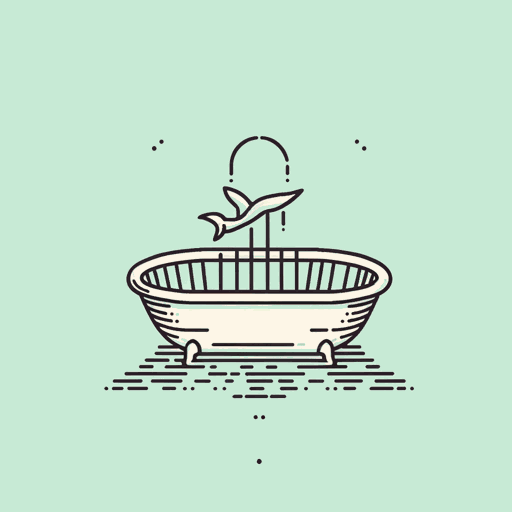42 pages • 1 hour read
Jonathan SwiftA Tale Of A Tub
Fiction | Novella | Adult | Published in 1704A modern alternative to SparkNotes and CliffsNotes, SuperSummary offers high-quality Study Guides with detailed chapter summaries and analysis of major themes, characters, and more.
Chapters 14-16Chapter Summaries & Analyses
Chapter 14 Summary: “Section IX. – A Digression Concerning the Original, the Use, and Improvement of Madness in a Commonwealth”
Indeed, the rise of the famous sect of Aeolists is attributed to Jack, a madman. However, most inventors of new empires, philosophies, and religions are a bit crazy. Human understanding needs vapors to “water the inventions and render it fruitful” (124). What these vapors produce depends on the soil.
For example, a prince, Henry IV of France, conquered and became rich. Some thought that he wanted to create a universal monarchy, others that he intended to defrock the Pope and set up “the Reformed religion [Protestantism], which had once been his own” (124). He went on to lead a Crusade. Then François Ravaillac, a state-surgeon and a Catholic, stabbed the prince, and his vapor was released as he died. The narrator wonders where this vapor came from.
It seems that when the stars align, philosophers agree, and the idea strikes simultaneously. Without the vapor, the world would not have conquests or systems. Madness has caused revolutions “in empire, philosophy, and in religion” (130). Indeed, strong delusion attracts followers, and the imagination “produce[s] more wonderful revolutions than fortune or Nature will be at the expense to furnish” (131). Madness seems to come “from a redundancy of vapor” (134). However, they should use patients from Bedlam (a mental institution) in government.
Related Titles
By Jonathan Swift




